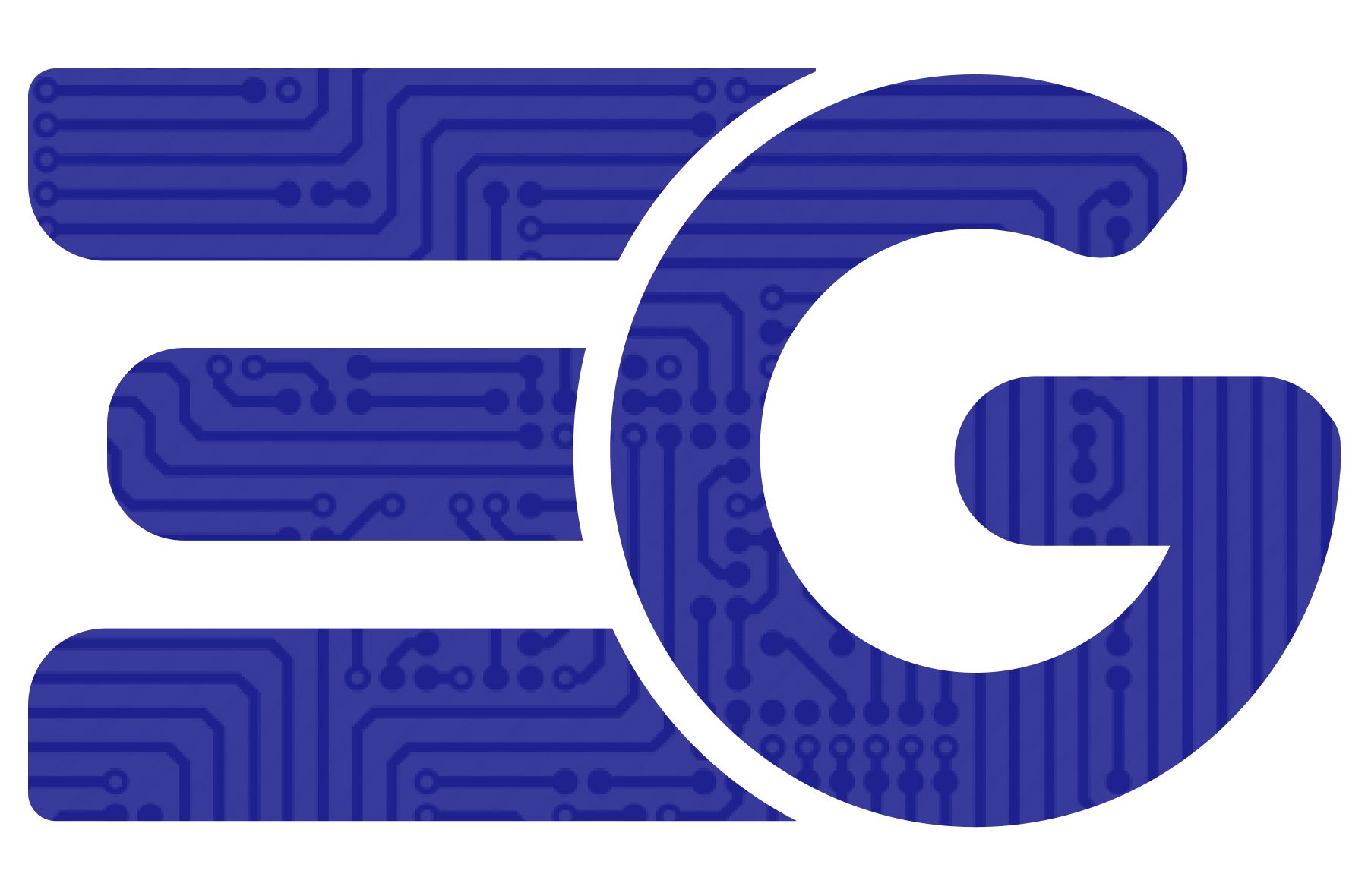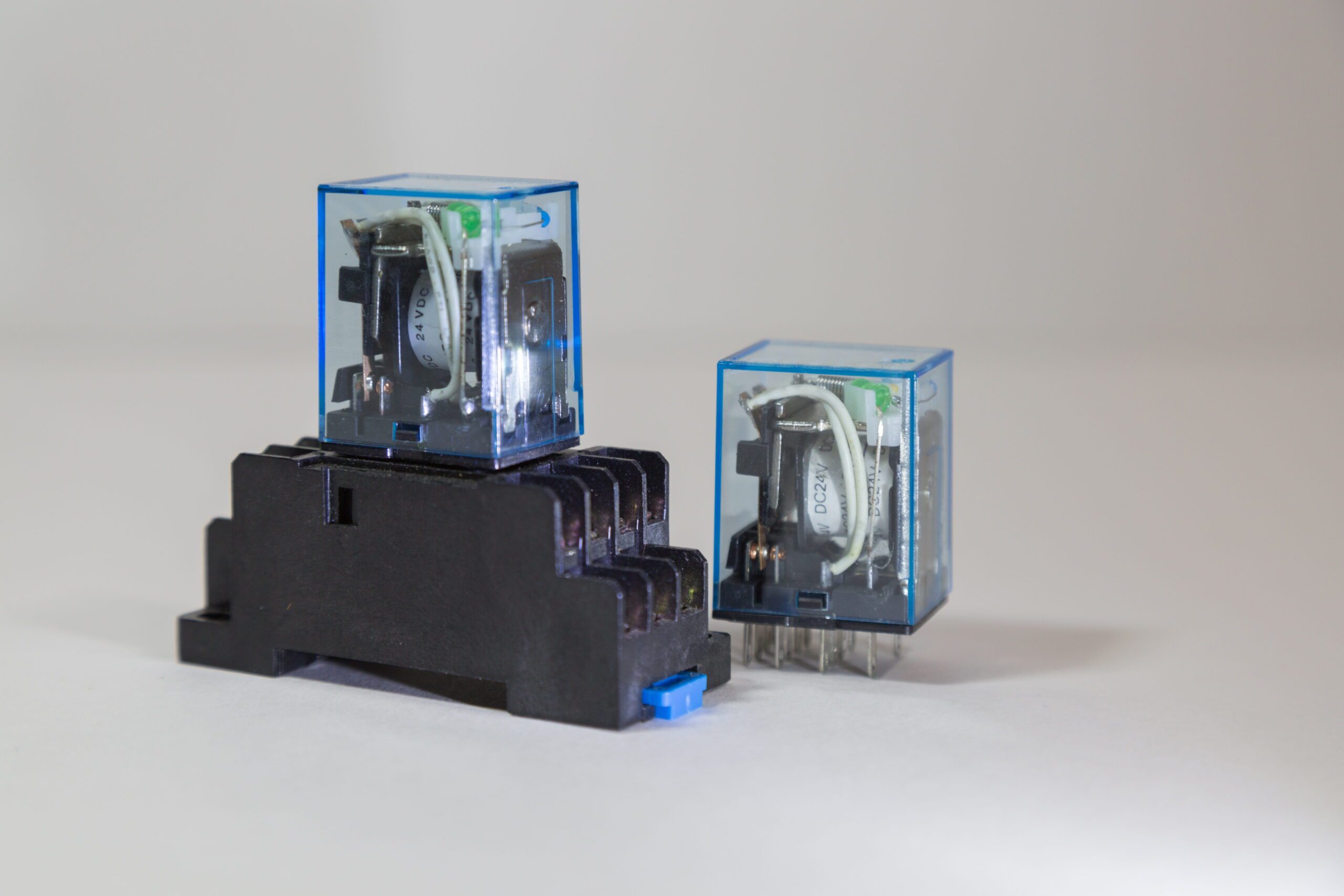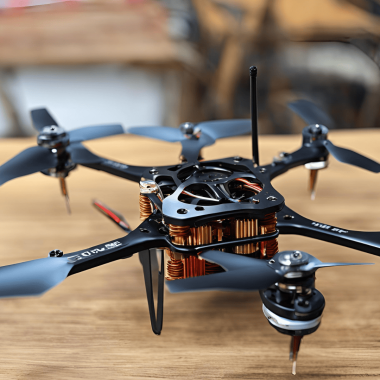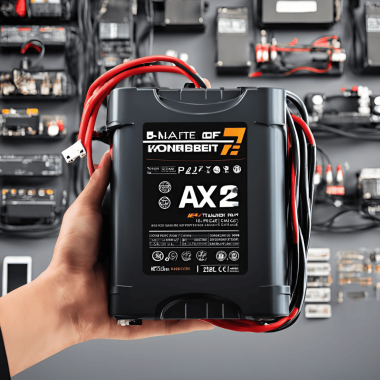In the intricate world of electrical engineering, the relay stands as a cornerstone component, integral to the functionality of myriad systems that drive our modern world. From the regulation of traffic lights that orchestrate the flow of vehicles in bustling cities to the sophisticated automation in manufacturing plants where robotic arms assemble with precision, relays play a pivotal role. This guide is crafted to demystify the concept of relay switches, delving into their operational principles, exploring the spectrum of types available, and traversing through their myriad applications. By the end of this exploration, you will possess a holistic understanding of relays, enabling you to discern their suitability for specific needs and applications.
The Essence of Relays
At their most fundamental level, relays are advanced switches designed to govern the operation of electrical circuits. Their primary function is to respond to fluctuations in input signals—specifically changes in voltage and current—triggering them to either forge or sever contacts between two distinct circuits. This dynamic capability is not just about control; it extends to enhancing process efficiency, augmenting accuracy, and bolstering the safety of a wide array of systems. From the automotive sector where they ensure operational safety, to the realm of industrial automation where they streamline processes, relays are indispensable.
Diverse Types of Relays: Catering to Every Need
The relay landscape is marked by its diversity, with each variant engineered to meet the nuanced requirements of different sectors. The design and functionality of these relays are tailored to address specific challenges, making each type unique. Here’s a closer look at some of the prominent types:
- Time Delay Relays: These relays are designed to introduce a predetermined delay before initiating an action, providing crucial timing control for processes that require a delayed response.
- Solid-State Relays (SSR): Characterized by their lack of moving parts, SSRs leverage semiconductor devices to switch circuits, offering durability and rapid response times, making them ideal for high-speed applications.
- Latching Relays: Known for their ability to maintain their state post-actuation without a continuous power supply, latching relays are pivotal in applications where power conservation is key.
- Reed Switch Matrix Circuitry: Utilizing reed switches arranged in a matrix configuration, these relays are suited for complex switching arrangements, offering flexibility and precision.
From the automation floors of manufacturing plants to the control systems of spacecraft, the adaptability and utility of relays underscore their critical role in the advancement of technology across sectors.
Operational Dynamics of Relays
The principle of operation of a relay is rooted in electromagnetic induction. When an electrical current flows through the coil of a relay, it generates a magnetic field. This magnetic field, in turn, propels an armature within the relay to move, thereby altering the state of the contacts within the device—either connecting or disconnecting the circuit. This electromechanical action is pivotal, enabling the use of a minimal input signal to control a circuit with significantly higher power. It epitomizes the relay’s functionality as an efficient switch, capable of bridging low-power control systems with high-power circuits.
In-Depth Construction and Working Principle
Delving into the construction of a relay reveals a complex assembly of components, each serving a specific purpose to ensure optimal functionality. The relay is more than just its electromagnetic coil and armature; it encompasses a meticulously designed assembly including:
- Housing: The outer shell that protects the internal components from environmental factors.
- Terminations: The connection points that facilitate the integration of the relay into electrical circuits.
- Electromechanical Design: This includes the magnetic circuit comprising the core, yoke, and armature, engineered to minimize magnetic reluctance and enhance the efficiency of the relay.
The heart of a relay’s reliability lies in its contacts. The choice of material for these contacts is critical, influenced by factors such as the nature of the current, its magnitude, frequency, and the operational voltage of the circuit. The design intricacies ensure that when the relay is actuated, the transition of the contacts is seamless, enabling the relay to perform its switching function with high precision.
Exploring Relay Contact Types
The classification of relays extends into the realm of contact configurations, each designed to fulfill specific switching needs. Understanding these configurations is key to selecting the right relay for a given application:
- Single Pole Single Throw (SPST): The simplest form of relay, functioning as a basic on/off switch with one input and one output.
- Single Pole Double Throw (SPDT): This configuration offers the flexibility of routing the input to one of two outputs, adding versatility to circuit designs.
- Double Pole Single Throw (DPST): Capable of controlling two circuits simultaneously, this type acts as a dual on/off switch.
- Double Pole Double Throw (DPDT): With the ability to control two inputs and route each to one of two outputs, DPDT relays offer complex circuit routing capabilities.
Broad Spectrum of Applications
Relays transcend their basic functionality, finding applications across a vast spectrum of fields. They are the silent workers behind the scenes, ensuring the seamless operation of systems, from the galvanic isolation required in high-power circuits to the nuanced control in sensitive electronic devices. Their use in telegraph systems laid the foundation for their evolution, paving the way for their integration into modern-day applications such as lighting control systems, industrial process controllers, traffic management systems, motor drives, and much more.
Conclusion
As we conclude this comprehensive exploration of relays, it becomes evident that their role in the electrical and electronic landscape is indispensable. From the diversity of relay types, each engineered to address specific requirements, to their operational principles and wide-ranging applications, relays are foundational to the advancement of technology. They embody the convergence of mechanical and electrical engineering, offering solutions that range from the simplicity of switching tasks to the complexity of industrial automation. In the realm of electrical engineering, relays are not just components; they are the keystones that enable the dynamic control, protection, and automation of circuits, underscoring their significance in driving technological progress.

 EGPT
EGPT












